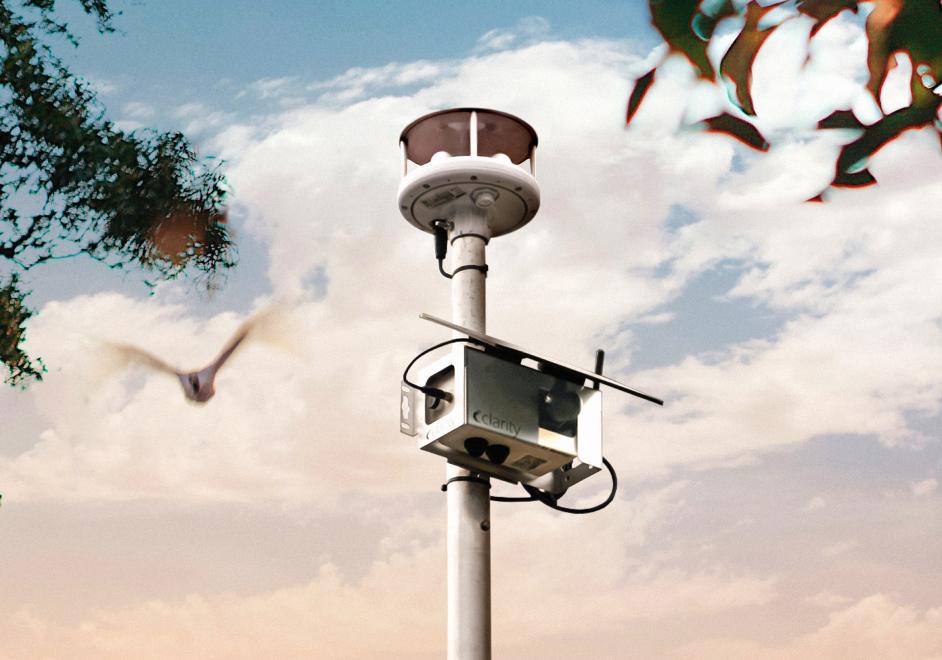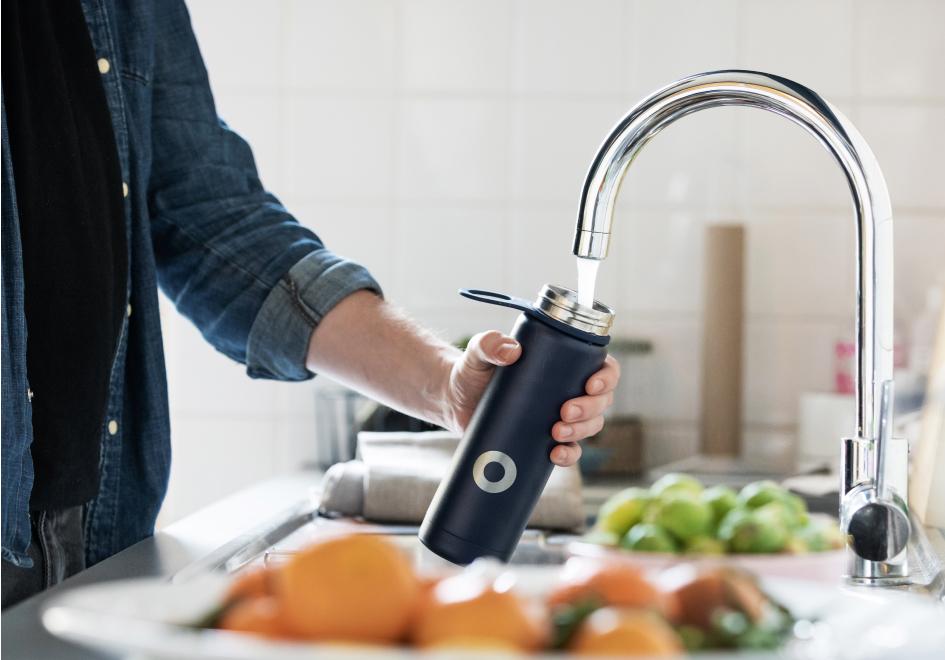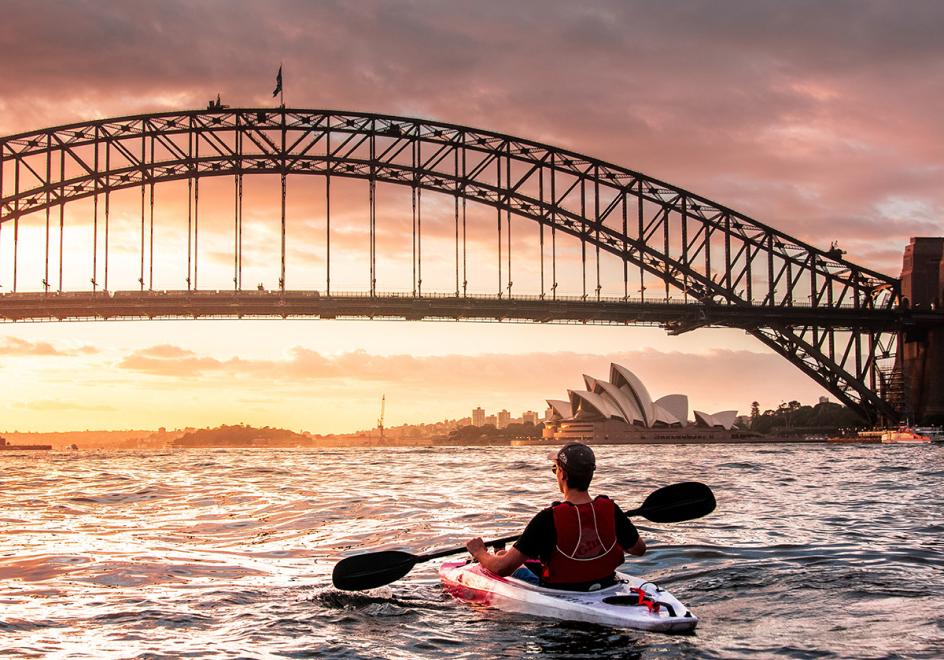
NSW Wildlife Drone Hub
Surveying biodiversity from above
The Science, Economics and Insights Division, within the NSW Department of Planning and Environment, has created the NSW Wildlife Drone Hub. The Drone Hub supports land managers in surveying biodiversity using drones, helping to make biodiversity surveys more efficient. The Drone Hub also provides specialised drone pilot training to detect wildlife. The Drone Hub manages the data collected by drones, including digital tools and advanced artificial intelligence (AI) analytics. A real-time Drone Hub digital dashboard shows where surveys have occurred, and the animals detected.
The Drone Hub has completed 4,369 drone flights (over 19,038 km), and 16,368 animals have been found, including 981 koalas. The AI model (Yolov8) that detects koalas from drone imagery is done in a similar way to a human drone pilot operating in the field. Drone Data Pipeline architecture design has been approved by the Digital Information Office (DIO) and the koala drone survey methods are published.

OPENAIR
Opening the path for cleaner air
The OPENAIR initiative aims to provide local governments with the latest technology and information on low- cost air quality sensors. Better air quality results in healthier communities throughout NSW and helps with challenges such as summer heat waves, urban heat islands and air pollution. Led by the NSW Department of Planning and Environment and the NSW Smart Sensing Network, this project will establish a best-practice methodology for all aspects of council-led air quality monitoring.
Of the 128 local governments in NSW, only a small number can currently effectively plan for, deploy and use environmental sensors to collect data on and address air quality issues. OPENAIR will create a blueprint for local government, incorporating best practice standards, policies and globally significant case studies.

Smart Irrigation Management for Parks and Cool Towns (SIMPaCT)
A new approach to using and conserving water
SIMPaCT is a revolutionary new approach to using and conserving water in the urban environment. It tackles three of the biggest challenges facing our communities this century: urban heat, water scarcity and the need to provide quality green public space. SIMPaCT covers 42ha in Bicentennial Park, uses 50 low-cost air temperature and humidity sensing devices, 13 weather stations and over 200 soil moisture probes and generates commands for 193 individual irrigation zones. A digital platform including digital twinning, scenario modelling and machine learning works with the sensors to create the SIMPaCT system.
The SIMPaCT system ‘learns’ and optimises the watering regime to create a cool, green environment for the park and surrounding residences. Information on the coolest and warmest parts of the park is available to the community on a mobile app. Western Sydney University invented the project, governed by the Sydney Olympic Park Authority and co-financed through Sydney Water. Ten research institutions and industry providers partnered to deliver this project.

Smart Places - Water Insights
Machine learning saving water
Sydney Water, Australia’s largest water utility provider, is using data insights from high-granularity digital meters and machine learning principles to support customer education campaigns and inform water demand forecasting, all to contribute to the goal of saving 49GL of potable water a year by 2040 in alignment with the Greater Sydney Water Strategy.
The project installed digital meters and loggers to record flow every 10 seconds at 250 households, some with water tanks and recycled water service, and with a combination of uses and appliances such as toilets, washing machines, dishwashers, and outdoor taps. The devices detect volumes as low as 14mL, and flow characteristics were analysed to establish how water is used in the sample households.
This project is being delivered in partnership with the Department of Planning and Environment and will help the government engage with communities, empowering them to make Greater Sydney more resilient and water- wise. DPE is also exploring opportunities to support the rollout of sensitive smart water meters in other locations. This project is part of the Smart Places Acceleration Program.

Smarter, Cleaner Sydney Harbour
Healthier waterways using AI and sensor technologies
Smarter, Cleaner Sydney Harbour seeks to improve the health of our waterways using artificial intelligence (AI) and sensor technologies. This project harnesses sensors fitted to litter traps on stormwater assets that signal authorities to empty them, preventing the traps from overflowing and releasing litter into the harbour.
The project also uses AI-enabled cameras, which identify and record litter in open stormwater channels. The insights generated will inform local government cleaning schedules and education and enforcement activities, reducing waste in our waterways.
Based on world-leading technology provided through Australia’s national science agency, CSIRO, Smarter, Cleaner Sydney Harbour is a collaboration between Sydney Coastal Councils Group, Sydney Olympic Park Authority, Parramatta River Catchment Group and five local councils.